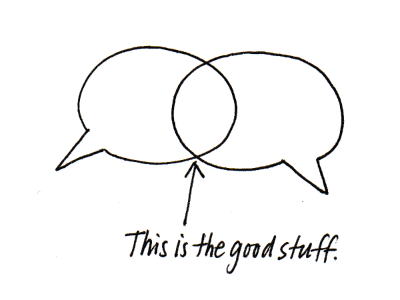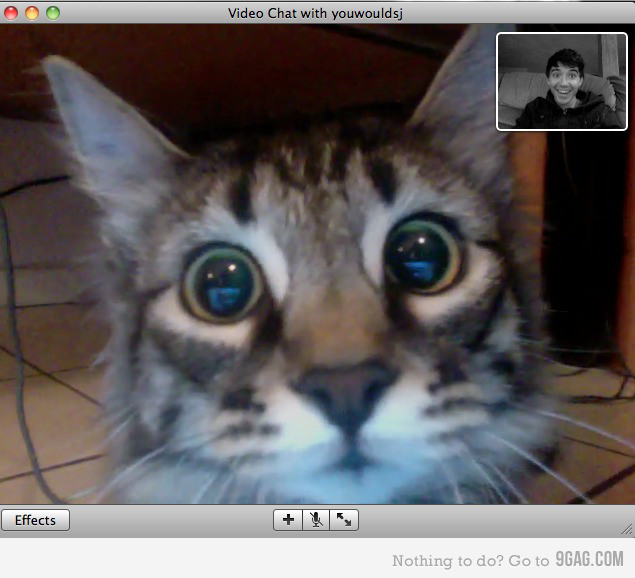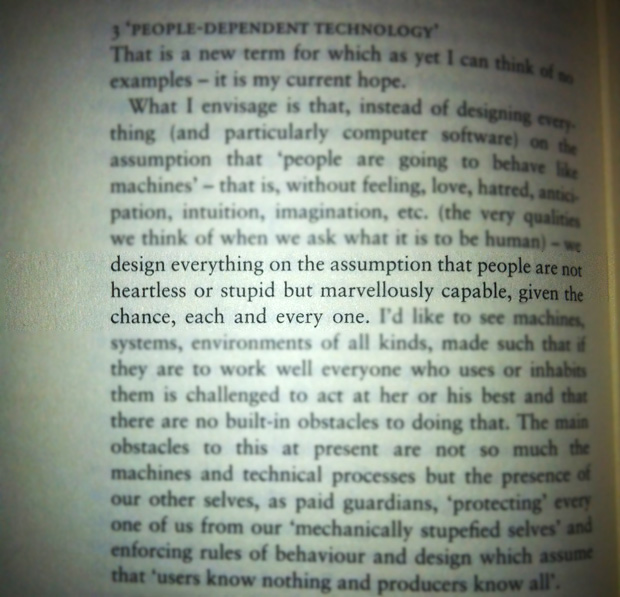I got a fellowship award this year – hurrah! In 2015, I didn’t. Boo. I think the latter doesn’t get spoken about enough, but it was a big deal for me, and so I wanted to share some lessons learned and tips for moving forward, for anyone else in that situation.
1.This is the most important thing I can suggest: Feel sorry for yourself. It’s a huge amount of work to put together an application, and it feels like it’s all been a waste when you first see that rejection. Take some time to just be upset or annoyed about it if you need to – it’s completely allowed. The rejection can be a blow to your self esteem – particularly with a fellowship, it feels like *you* have been rejected, rather than just a project. Lots of other people will have contributed to the application, and I remember feeling like I’d let them all down. It’s also particularly evil that for the application itself you’ve had to talk yourself up, go on about your strengths and your achievements, and getting rejected then gives your imposter syndrome an awful lot of material. So don’t feel at all bad if you need to take some time to acknowledge that it sucks. Get yourself a treat, give yourself a break, curse the board and their children and their children’s children’s children. Whatever soothes you 🙂

You reach for that pizza. You deserve it!
2. Remember the ideas are still good ideas. People will tell you that no grant application ever really goes to waste – ideas can be repackaged, and the work you put into the first pitch stands you in good stead for the second. Although my current fellowship looks pretty different on the surface, much of the approach and methods – around codesign and patient involvement – were ideas I’d worked on in the first application and so had I had them worked up and ready to go by the second.
Also, remember that ‘another fellowship’ isn’t the only avenue for reviving those ideas. In my experience, the fact that I’d talked to people about codesign for the original application meant they now knew I had an interest in it, and I was able to put those ideas into a different project (EPHESUS), with the added bonus that for my new application I had a solid example of those methods in action and could demonstrate they were worth funding.
3. Simplify and prioritise. Looking back at the first fellowship application, the fact I’d been working on for quite a while meant that pretty much every idea I had went into it. The most recent one was put together more quickly, and I think that actually helped me focus on a core, uncluttered narrative, as opposed to every method I’d ever heard of plus the kitchen sink. Getting rejected that first time meant I could step back and think “which pieces of this am I genuinely sorry I won’t get chance to work on, and which pieces do I think “meh”, or even “thank Darwin I don’t have to do that””? What do you really want to do, and what really needs to be done? The sweet spot is in the middle.

Find the best spot for you.
4.Network. It turned out that all those people I thought I’d “let down” were actually very keen to help me try again. Universities and departments like getting fellowships – there’s a prestige factor, plus it means you’re being paid for by your fellowship rather than coming out of their grant money. People now knew I wanted to get a fellowship and that I was willing to put in the work to apply, and were happy to offer their help for a second attempt (as opposed to labelling me “No Fellowship Knowles” as my imposter syndrome helpfully suggested). Once you’ve licked your wounds (see point 1 – feeling sorry for yourself. Don’t skip this, it’s important.), get back in touch with people, ask them about where to go next, and ask them who else might be interested in talking with you about other options. This is what led to me thinking about Knowledge Mobilisation Fellowships, moving to Greater Manchester CLAHRC, and ending up writing this hopefully helpful piece. But though that seems like a neat little story now, it didn’t at the time. It was uncertain, and scary.
Which brings me to my final point – network with other people who’ve applied, both those who didn’t get it and those who did. We know how hard it is to put together the application, how it feels to not get it, and each of us will have a set of lessons learned that we’re happy to share. Many places now have specific groups set up to help with fellowship apps and will often have a list of people who’ve applied who you can talk to. My only issue with these is that they tend to focus, understandably, on people who succeeded. You’re unfortunately more likely to be rejected than to get the award, and that’s why I think tips on what to do if you don’t succeed need more air time. I hope, if you’re in that position, that some of the above has helped.















